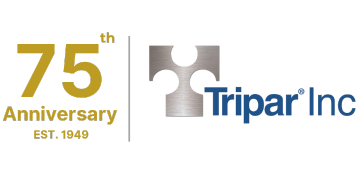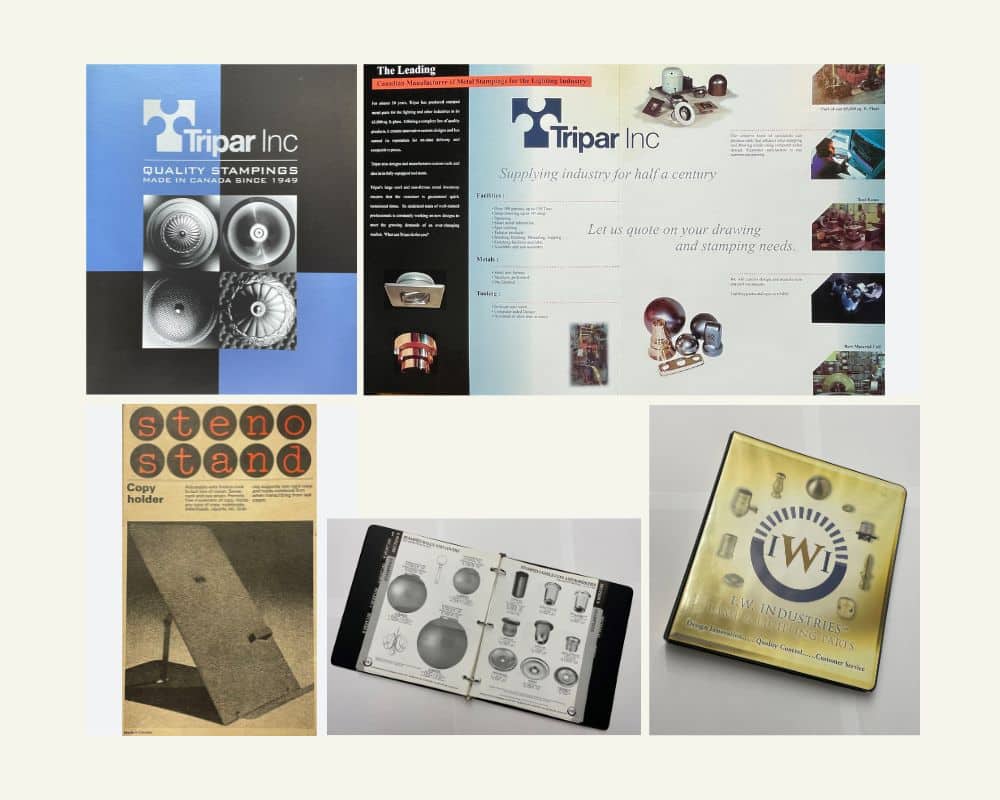The Importance Of Safety In The Metal Fabrication Industry In 2022
Metal fabrication and metal stamping processes typically shear, punch, form, cut and shape thin sheet metal; leaving sharp edges on the workpieces as well as the scrap emanating from them.
Metal fabricators and metal stampers should take all necessary precautions to protect their staff and meet or even surpass all government-imposed safety regulations, but sadly, not all do.
These safety regulations include:
- Requiring personal safety protection: glasses, safety footwear, hearing protection & not allowing loose clothing or jewelry.
- Safety Light curtains that if interrupted, instantly stop any automated machinery
- Physical barriers on automated machinery that are not equipped with safety light curtains
- Two-hand controls for all non-automated machines
- A Total Preventive Maintenance Program that identifies any irregularities and corrects them ahead of any breakdown or accident.
- Magnetic grippers or suction cup lifters for handling large or heavy sheets/parts.
- Maximum personal weight limits that should never be exceeded
- Proper ventilation and personal protection for welding, deburring, & finishing operations (e.g. painting)
- Proper and well-maintained material handling equipment, lift trucks, forklifts, cranes, carts, docks, etc.
- Proper storage and disposal of all chemicals
- MSDS training with up-to-date product information.
- A material handling training & certification process (e.g. lift truck & crane operators)
- A safety committee, with a representative from each department & management, that also meet regularly to address any safety issues.
At Tripar, We Aim To Be A Gold Standard For Safety In Metal Fabrication!
As a metal fabricator and metal stamper, we take the utmost pride and care in prescribing to all of these and beyond. Proof of this is perhaps best demonstrated by Tripar being a finalist in a Quebec ‘CNESST’ (the Quebec equivalent of OHSHA) competition twice and receiving a safety award:
- In 2016, for developing a concept whereby an operator could hitch a heavy metal components storage container to one of our electric pallet trucks to safely relocate it where required; see https://www.triparinc.com/tripar-newsletter-january-2017/.
- There was also another instance where we developed a motorized box lifter, that allowed an operator to slide a loaded box from the machine they were working on, onto a small platform, and wheel it to an awaiting pallet. The platform was then lowered or raised to the required (and increasing) height as boxes were successively placed, so each box could be slid and placed on the nearby pallet, without ever being lifted.
It is all these practices that keep our team safe at Tripar. In fact, we just went over 400 days without a single accident; a testament to anyone who knows the inherent risks in a manufacturing plant like ours!



